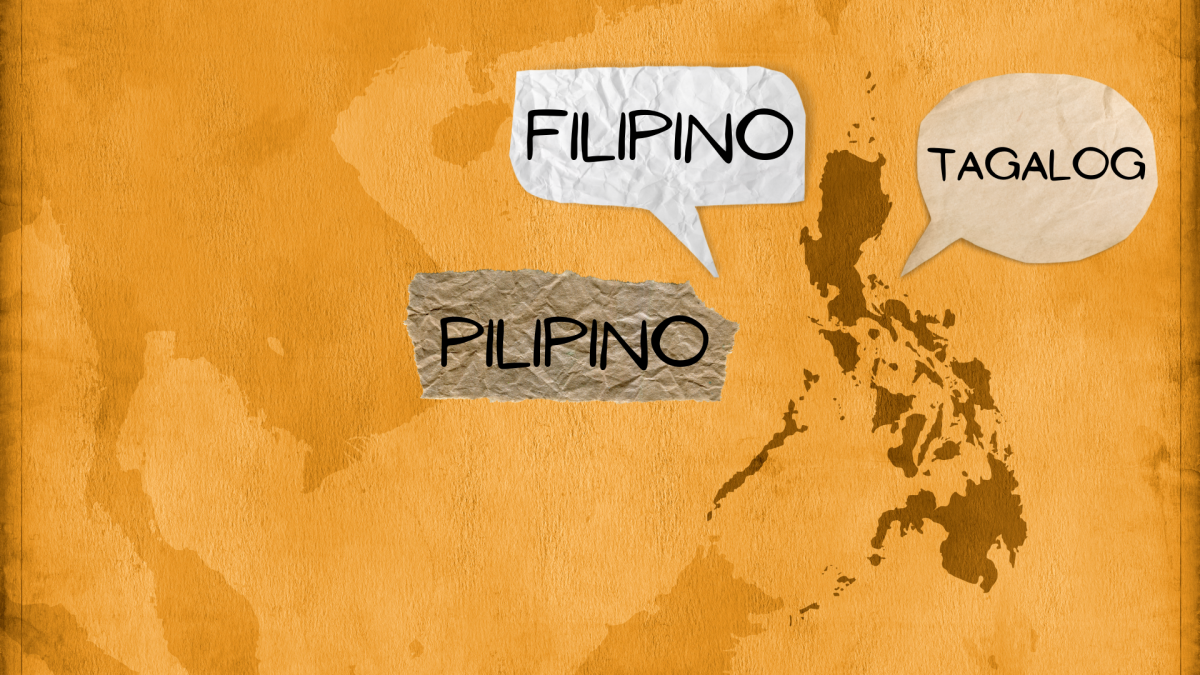Ever wonder what it’s like to live in a time when there were no words you could use to describe an object or express what you feel? I dare imagine it would be as taxing as giving a direction you do not know yourself. Thankfully, learning a language is quick and natural when we are born. Parents do not need to teach their children how to speak a language. It’s one of those things that come out naturally. And to live in a time obsessed with labels, languages serve as our buoy in the ocean of deafening noise. They serve as an anchor, and a means to drift with the seemingly never-ending current of exchanging words.
The Filipino language fits right into the definition given above. It does not only serve as our national language. It also serves as a native language, having it based on Tagalog. The words we use to express what we feel seem to embrace what we want to say perfectly. Even though some words don’t have a direct translation from other languages, we always have a way of conveying the message, exactly how we want it conveyed.

The Philippines is one of the largest English-speaking nations in the world. Coming in behind Singapore, the Philippines logged an English Proficiency Index score of 562 in Asia—making us 27th globally. We can attribute this figure to nearly half a century of colonization of the Americans. But arguably, what truly left a mark is the country’s almost 400 years of Spanish influence. Many Filipino words were derived from Spanish words—words we still use to this day. Kumusta, nakasasabay pa?
A nation of more than a hundred languages

Despite the influences of other nations, perhaps, the archipelagic makeup of the country prevented foreign languages from fully influencing the native speakers—a nation of 120 languages spoken. With the exclusion of English, the other national language of the Philippines, it was only in 1935 when a committee was established to develop a national language—Tagalog.
Different ethnolinguistic groups use over a hundred languages. Eight of which are considered major languages: Ilocano, Pangasinan, Pampango, Tagalog, Bicol, Cebuano, Hiligaynon, and Waray-Samarnon. That said, grueling debates transpired before Tagalog (Officially called “Pilipino” since 1959), as the official language, was made official.
The 1935 Constitution emphasized two words in developing a national language—existing and native. But the Tagalog-based language was heavily criticized and was recommended to be eliminated. This pushed the committee on National Language (CNL) to study further the issues raised by various sectors in the community and develop a common national language.
After more than a decade, the 1987 Constitution finally confirms Filipino as the country’s national language. Today, the Filipino language is the lingua franca that binds us despite our linguistic differences.
As our national language, Filipino aspires to unite our disparate cultural upbringing. With it, we no longer have to wonder what it’s like to live in a time when there were no words we could use to express ourselves. Our national language bridges us from one island to another. It connects the rest of over 7,000 islands in the country to achieve a common goal. Filipino is our anchor and means to be one as a nation.


